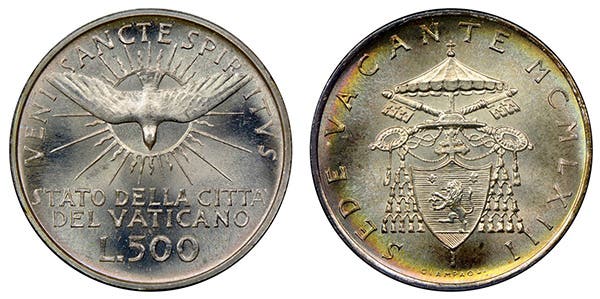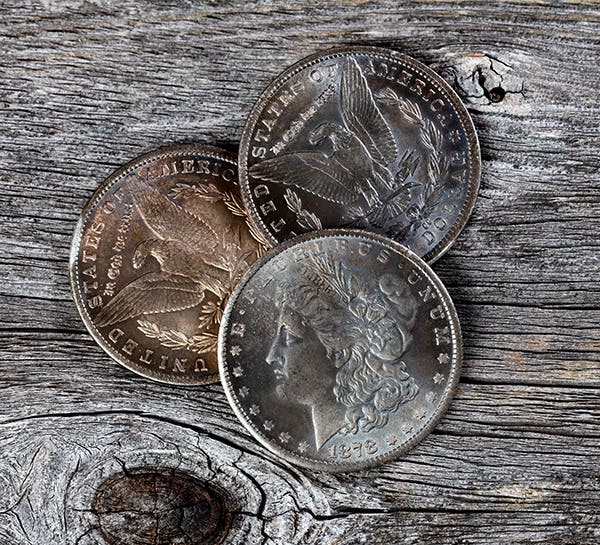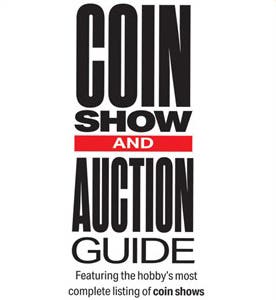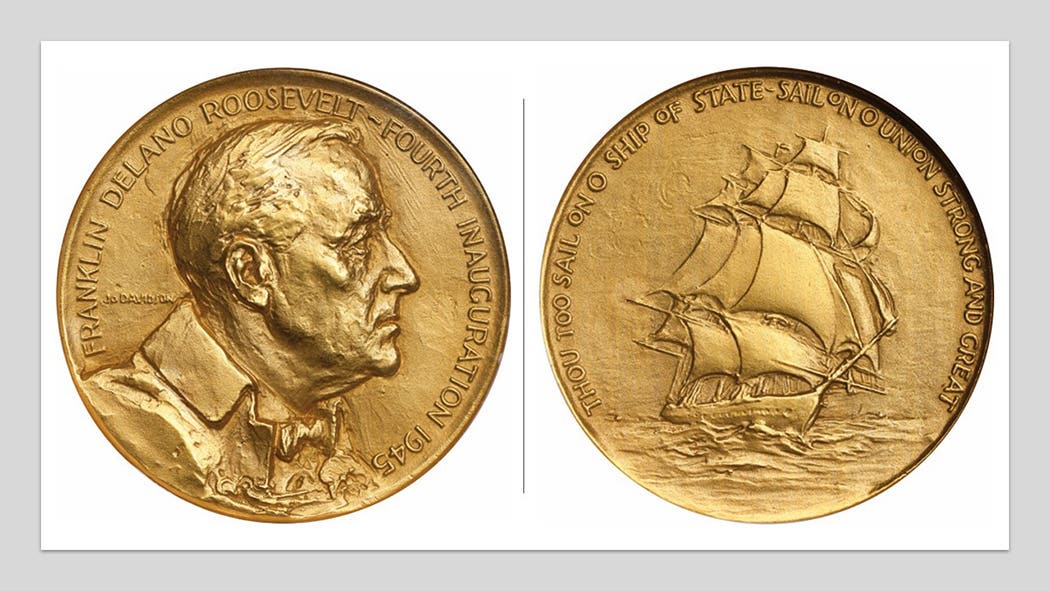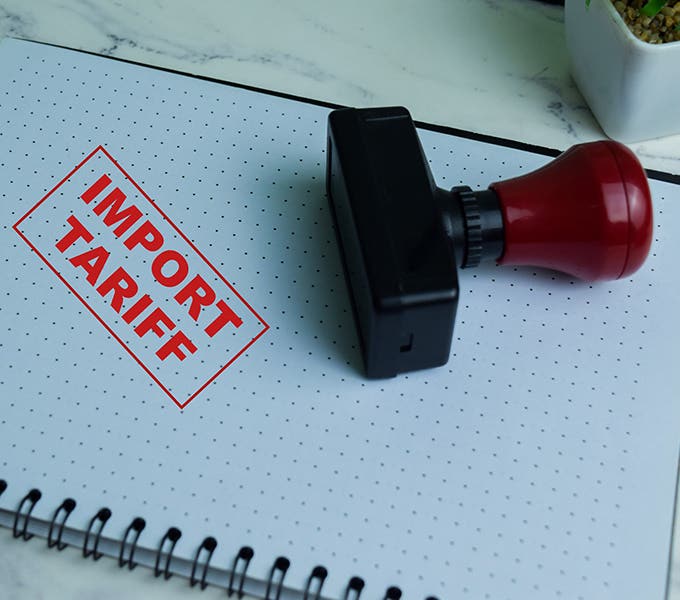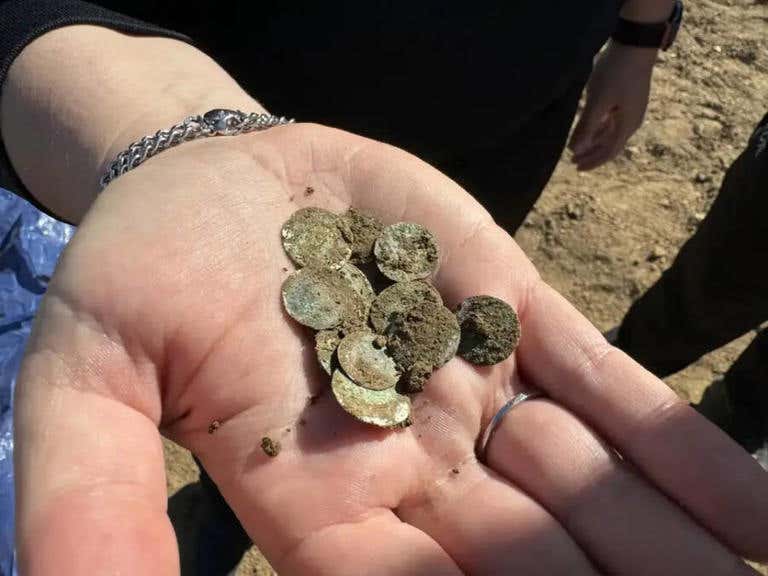Comparing Five-Cent Pieces – Nickels and Half Dimes
As the pandemic cuts its path across the United States and the world, one problem we have faced is a shortage of coins. We’ll not debate the reason here but…
As the pandemic cuts its path across the United States and the world, one problem we have faced is a shortage of coins. We’ll not debate the reason here but note that in plenty of stores and business concerns, signs have popped up asking for correct change, if possible. This isn’t the first time the country has been short of coins, although mercifully, it has not happened all that many times. One period in our history that saw virtually all silver and gold coins vanish was the Civil War. The Mint was still pounding out coins each year, but the silver and gold ones simply were not circulating. And one of the littlest of those was the half dime.
The established half dime
The half dime was one of the original coin denominations authorized by Congress; and indeed, quite a bit of ink has been spilled about the very first half dimes, at least whenever one comes up for sale today. They are considered some of the first official coins ever struck by the United States Mint, and are celebrated rarities among collectors. By the opening of hostilities in 1861, the half dime had for more than two decades sported the Seated Liberty design of Mr. Christian Gobrecht. And it would do so until 1873. Yet in that wide span of years there are many for which these coins must have been rare, or at least scarce, to the very people who might have used them. Let’s look at this in a bit more detail.
For collectors today, when we see that there have been a million or more of some coin minted in any past year, this generally means the coin is common. Sure, some could have been melted or in some way taken out of circulation. But for the most part, one million means “a lot;” and that in turn means they are pretty collectible. But in 1860, the year of the last official Census prior to the outbreak of the war, there were 31,443,322 people in the country. If we add up all the Seated Liberty half dimes that had been made, all the way back to 1837, and from the New Orleans branch Mint as well as the main facility in Philadelphia, we find that there were not even 90 million half dimes all tallied – less than three of these little gems per person. Since the output of 1853 was the hefty 13,210,020 of these tiny silver pieces, it’s not too hard to realize that the average person probably didn’t see too many half dimes on a day-to-day basis. If we think about people hoarding silver and gold coins because of the uncertainty of the times, it’s probably a fair bet that many folks never saw any half dimes at all, at least for some years.
Today the Seated Liberty half dime series has some amazing highs and lows when it comes to price tags. Something like $50 will land us plenty of the common dates, and even a few of the less common ones, as long as they were post-Civil War. The most common date in the series – the 1853 – can be had for about $100 in a lower AU-50 grade. But the scarce dates and mint marks among these little silver pieces now come attached to some very high prices. Most of us probably would not want to shell out $500 or more for any half dime, even if it was in an MS-60 or higher state.
The rise of the new coin
The idea of a five-cent coin with no precious metal in it had been floated about Washington before the first Shield nickels were issued in 1866, but nothing had come of it. In 1866 however, when the nation was just starting to heal from the war, the Mint managed to pound out a bit over 14.7 million of this new coin, the nickel. Sporting the design work of Mr. James Longacre, these new coins were made of an alloy that is mostly copper – 75% copper and 25% nickel to be precise.
Right away we can note that there were not enough nickels produced in 1866 to alleviate any shortage, especially when we look at the just-mentioned Census number from 1860. But the very next year the Mint cranked out almost 31 million more, most with a re-worked design that included rays between the stars on the reverse. And in 1868 another 28.8 million came roaring out of the Mint. Clearly, the Mint was catching up as far as meeting the demand goes.
As far as collecting Shield nickels in earnest, or collecting Seated Liberty half dimes, there is an intriguing option for any of us in the modern collecting community. The Seated Liberty half dime continued to be issued all the way up to 1873. And while the ‘O’ mint mark of New Orleans last came out on any of them in 1861, the ‘S’ mark of the new San Francisco branch Mint can be seen on half dimes each year from 1863 all the way to the end of the series, with only one exception in 1870. The Shield nickels also have plenty of years in which the mintages are in the millions. This means it might be an interesting challenge to see how many “ten cent” years we could assemble into a collection, meaning a half dime as well as a nickel. A couple of years might prove to be difficult, but overall a person could put together a handsome date run.
There is one other facet we might look at when determining whether or not to go for a long date run of either type of five-cent piece, or to concentrate on a few, but the best we can possibly get. We are talking about the proofs. The Mint did produce proof coins during the 1860’s and the 1870’s, although in numbers far, far smaller than they do today. A good year might see a run of a thousand proofs, and other years might see only a few hundred. But the point we’ll make here right now is that for both of these coins, the proofs are truly undervalued. For example, the 1873 Seated Liberty half dime has 600 proofs listed as the official total. Today, in the interesting grade of PF-63 – which could be a weak strike, or the result of some mild polishing – the piece lists for $500. Now that isn’t pocket change for most of us, and we just mentioned it might be considered too high for a circulating piece in something like MS-60. But when the Mint pounded out 712,000 half dimes that year, and one of the elite 600 proofs only costs $500? Well, that’s a bargain, no matter how you look at it.
Similarly, the Shield nickels have some proofs associated with each year of their production. Sticking with the 1873, the reference books note there are about 1,100 proofs, and a total mintage of about 4.5 million circulating nickels, with an ‘open 3’ and a ‘closed 3’ variety. In MS-60 the more expensive variety of the circulating ones, the ‘closed 3,’ costs about $400. If we want the proof, and are willing to go for a PF-63 piece, the price is virtually the same. A second time then, coins like this qualify as bargains.
The shortage of coins that has been brought about by the pandemic will ease, as time goes by, and as one or the other of the vaccines makes it out to the general public. People will start spending again, and spending big. The shortage that came about during the Civil War also eased, although it took several years for it to do so. One small set of reminders of that earlier shortage is the string of Seated Liberty half dimes and Shield nickels that were made to help the public get back to the business of doing business. And these coins can be fascinating to collect today.



